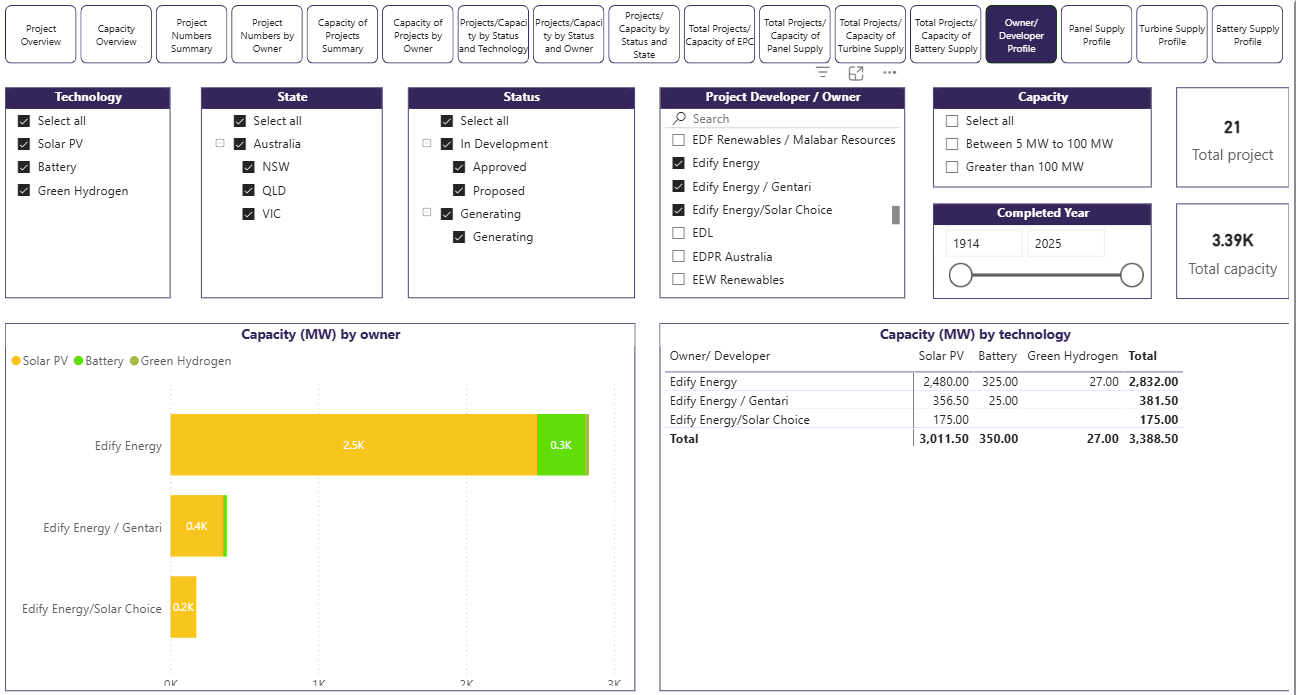
Edify Energy pushes forward its NSW projects
Published Date : 2025-May-2, Friday
Edify Energy’s Peninsula Solar Farm, to be located at
Paytens Bridge approximately 27km south-east of Forbes, has been approved under
the EPBC Act by the federal DCCEEW.
The proposed Peninsula Solar Farm will have a generation capacity up to 80 MW AC and a battery storage capacity of up to 80 MW/160 MWh.
The initial design was based on installation of up to 192,000 X 500-watt photovoltaic modules, while the battery energy storage system will use lithium-ion technology.
A new high voltage sub-station on site will connect the solar farm to the 132kV above-ground transmission line, owned and operated by Transgrid.
The land to be directly disturbed by the project is estimated to be 235 ha.
The project is expected to have a workforce of up to 250 during construction and five full time equivalent positions during operation. Construction is expected to take approximately 16 months.
Peninsular Solar Farm gained state government approvals in June last year.
It’s the second Edify project to be approved under the EPBC Act in the last month, with its 100 MW Burroway Solar Farm in NSW also waived through by the DCCEEW.
Another Edify project in NSW, Brewongle Solar Farm, this week had its EPBC Act referral opened up for public comment by the DCCEEW.
To be located approximately 12km south-east of Bathurst outside the southern edge of the Central-West Orana REZ, Brewongle Solar Farm is a proposed 90 MW AC solar farm coupled with a battery energy storage system of up to 90 MW / 180 MWh capacity.
The project study area covers an area of approximately 300 hectares of rural land currently used for livestock grazing, with the area of disturbance expected to be 170 hectares allowing the balance of land to continue current agricultural usage.
The solar farm will connect into the existing Wallerawang to Panorama overhead 132kV transmission line, owned and operated by Transgrid, via an overhead line requiring a new T-connection into the existing transmission line, and the construction of a new step-down substation from 132kV to 33kV.
The project is expected to cost more than $250 million, with “the total investment value largely determined by the duration of the battery energy storage system, which will be determined during the EIS stage of the development”.

